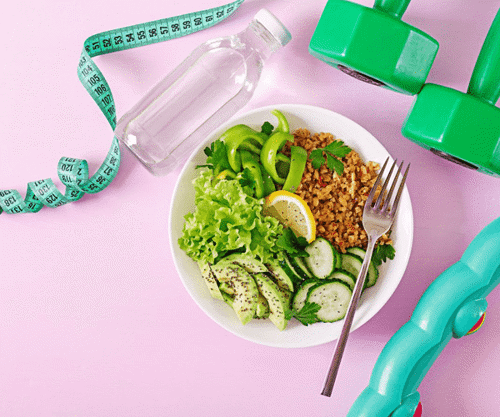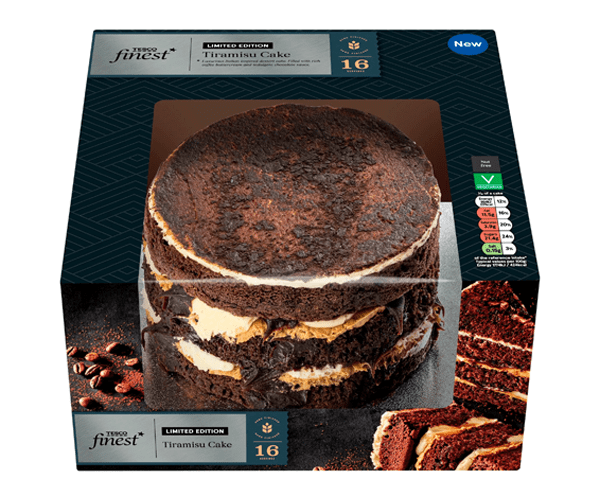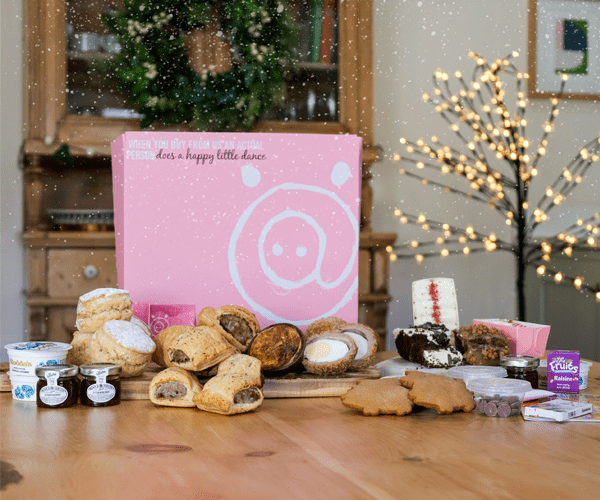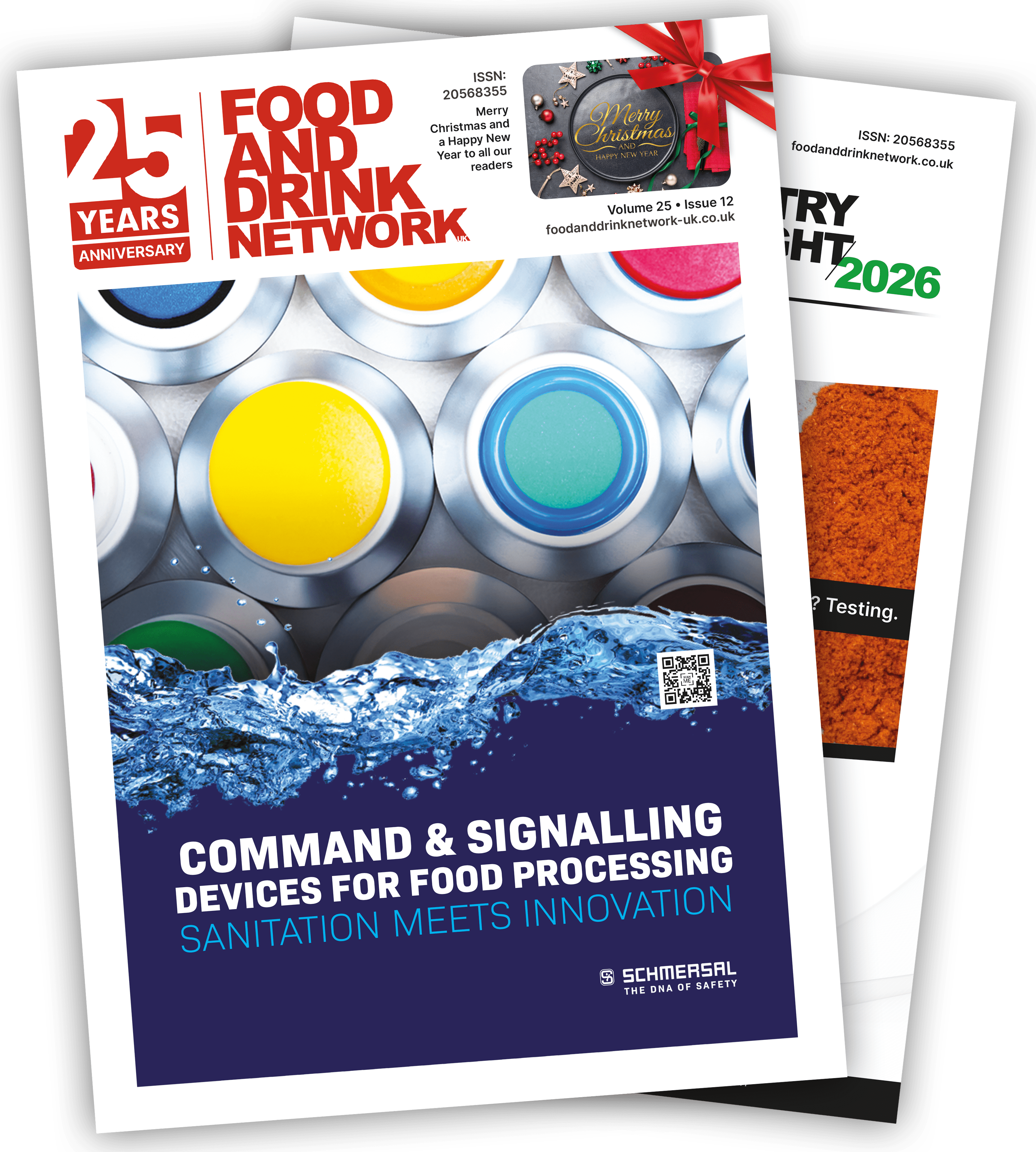Joanne
7/15/2025 8:12:25 AM
4 mins read

Losing weight is often portrayed as a journey of green smoothies, organic quinoa, and expensive gym memberships. But what if you’re trying to shed extra pounds on a tight budget? Many people believe that healthy eating is unaffordable, leading them to feel discouraged or stuck in unhealthy habits. Fortunately, the benefits of healthy eating don’t have to come with a hefty price tag. With a bit of planning and some smart choices, it’s entirely possible to eat well, lose weight, and stay within your budget.
Understanding the Challenge
Why Healthy Food Seems Expensive
Fresh produce, lean proteins, and whole grains often come with a higher price tag than processed or convenience foods. It’s also true that marketing, limited access, and time constraints can make healthier options seem out of reach—especially for low-income households. The perception is that a basket full of fresh vegetables and quality meat will always cost more than one filled with ready meals and packaged snacks, and in the short term, that can be true.
The Hidden Cost of Cheap Food
Processed and packaged meals often contain high levels of sugar, salt, and unhealthy fats to enhance taste and shelf life. While initially affordable, their poor nutritional value can lead to overeating and nutrient deficiencies. Regular consumption increases the risk of chronic conditions like obesity, type 2 diabetes, and hypertension. Over time, this translates into higher personal and public healthcare expenses. These foods are designed to be hyper-palatable, making it easy to consume more calories than your body needs, which directly undermines weight loss efforts.
Smart Budget Tips for Healthy Weight Loss
1. Plan Your Meals and Stick to a Shopping List
Creating a weekly meal plan allows you to buy only what you need, avoid waste, and reduce impulse purchases. Before you go to the shop, decide what you will eat for breakfast, lunch, and dinner for the week. From this plan, create a detailed shopping list. This simple habit prevents you from buying items you won't use and keeps you focused on your goals.
Tip: Base your meals around affordable staples like rice, oats, lentils, canned beans, and seasonal vegetables.
2. Buy in Bulk and Store Smartly
Items like brown rice, wholemeal pasta, dried beans, and oats are not only affordable but also shelf-stable. Buy them in bulk when on offer and store them in airtight containers to preserve freshness. Frozen fruits and vegetables are also budget-friendly and retain most of their nutritional value, often being cheaper than their fresh counterparts while being just as healthy.
3. Embrace Budget-Friendly Protein Sources
Meat can be expensive, but there are many affordable alternatives that are excellent for weight loss. Protein is essential for feeling full and maintaining muscle mass while losing fat.
-
Eggs: A versatile and inexpensive source of high-quality protein.
-
Tinned fish: Sardines, mackerel, and tuna are packed with protein and healthy omega-3 fats.
-
Legumes: Chickpeas, kidney beans, and lentils are incredibly cheap, high in fibre, and rich in protein.
-
Natural yoghurt: A great source of protein and probiotics for gut health.
4. Cook at Home More Often
Fast food and takeaway meals are high in fat, sugar, and salt. By cooking at home, you can control ingredients, portion sizes, and costs. Batch cooking saves both money and time—prepare large quantities of meals like chilli, soup, or curry in advance and freeze portions for busy days. This ensures you always have a healthy, home-cooked meal ready to go.
Weight Loss Without Expensive Superfoods
Skip the Hype
You don’t need trendy, expensive superfoods to shed pounds. The marketing around goji berries, chia seeds, and other "superfoods" can make you feel like you're missing out, but basic, affordable foods are just as nutritious. Affordable staples like apples and carrots provide fibre and natural sweetness, helping you stay full longer. Cabbage is low in calories but high in volume, perfect for filling meals. Oats and potatoes offer slow-releasing energy, supporting steady blood sugar and reduced cravings.
Focus on Whole Foods
Minimise highly processed foods and opt for their whole, unprocessed counterparts. This simple switch can make a huge difference to your health and weight.
-
Choose whole grain bread instead of white.
-
Opt for plain porridge oats instead of sugary cereals.
-
Use fresh or frozen vegetables over ready-made sides with hidden sauces.
Whole foods are more filling, provide more nutrients, and are better for blood sugar control, which helps manage hunger and cravings.
Affordable Exercise Options
You Don’t Need a Gym Membership
Regular physical activity plays a key role in weight loss. Luckily, it’s possible to stay active without spending a penny. From walking and cycling to home workouts, there are plenty of no-cost ways to get moving and experience the benefits of exercise.
-
Walking or cycling outdoors
-
Home workouts using free online videos on platforms like YouTube
-
Bodyweight exercises like squats, push-ups, and planks
Set realistic goals and aim for at least 150 minutes of moderate activity per week, as recommended by the NHS. Consistency is more important than intensity, so find an activity you enjoy and can stick with.
Mindful Eating on a Budget
Control Portion Sizes
Eating the right amount matters just as much as eating the right foods. Even healthy foods contain calories. Try using smaller plates to trick your brain into feeling satisfied with less food, avoid second helpings, and take your time to chew and enjoy each bite. This gives your body time to register that it's full, preventing overeating.
Stay Hydrated
Water is free and essential for overall health. Often, we mistake thirst for hunger. Before reaching for a snack, try drinking a glass of water and waiting a few minutes. Carry a reusable water bottle to avoid buying sugary drinks and to ensure you're staying hydrated throughout the day.
Where to Find Help and Support
Use Local Resources
Many UK communities offer support for healthy eating. Don't be afraid to seek it out.
-
Food banks often stock tinned veg, beans, and grains.
-
Local councils may offer free cooking or nutrition classes.
-
Community gardens can help reduce food bills while providing fresh produce and a sense of community.
NHS Services and Advice
The NHS weight loss plan offers a free 12-week guide with meal plans, activity tips, and goal setting. It's a structured, evidence-based programme that is accessible to everyone. Speak to your GP about any concerns—help may be available, including referrals to dietitians or weight management services.
Low-Cost Meal Ideas for Weight Loss

Here are a few simple, affordable meals to get you started:
Breakfast
-
Porridge with Banana and Cinnamon: Made with oats and water or milk, porridge is high in fibre and keeps you full longer. Add sliced banana for natural sweetness and a dash of cinnamon for flavour and blood sugar control.
-
Whole Grain Toast with Boiled Egg: A fibre-rich slice of whole grain toast topped with a boiled egg gives you a great mix of carbs, protein, and healthy fats to fuel your morning.
Lunch
-
Lentil Soup with Wholemeal Bread: Hearty, protein-packed lentil soup made with basic ingredients like lentils, carrots, onion, and garlic. Serve with a slice of wholemeal bread for a filling, nutritious lunch.
-
Tuna and Bean Salad: Mix canned tuna (in water), tinned mixed beans, chopped cucumber, and tomatoes. Dress with lemon juice and olive oil for a quick, high-protein meal with fibre and healthy fats.
Dinner
-
Baked Potatoes with Cottage Cheese and Steamed Veg: Baked jacket potatoes are cheap and filling. Top with low-fat cottage cheese and a side of steamed broccoli, carrots, or peas for a balanced, satisfying dinner.
-
Vegetable Stir-Fry with Brown Rice: Use frozen or fresh mixed vegetables with garlic, soy sauce, and a little oil. Serve over brown rice for a fibre-rich, budget-friendly meal that’s quick to prepare.
Snacks
-
Carrot Sticks with Hummus: A great crunch and protein combo. Buy hummus ready-made or make it at home with tinned chickpeas, lemon juice, garlic, and olive oil.
-
A Small Handful of Unsalted Peanuts: A portion-controlled source of healthy fats and protein—ideal for keeping hunger at bay between meals.
-
Apple Slices with Natural Yoghurt: Slice up an apple and dip it in plain, low-fat yoghurt. It’s sweet, creamy, and keeps your blood sugar stable.
Conclusion
Losing weight on a budget is not only possible—it can also be sustainable and empowering. The key is to focus on affordable whole foods, plan your meals, stay active with no-cost exercise, and make mindful choices. Expensive health trends and fancy ingredients aren’t necessary for success. With determination and the right strategies, you can improve your health and wellbeing without overspending.




